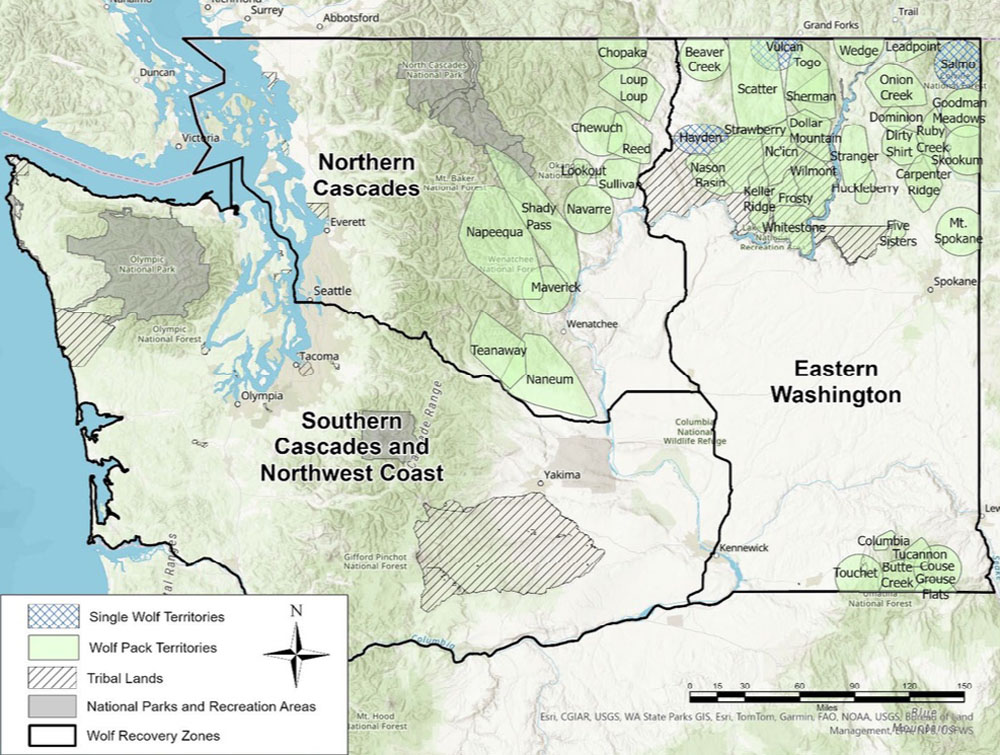Trump is dismantling Social Security. Here’s what’s at risk for West Virginians.

More than one-quarter of all West Virginians rely on Social Security to get by. Older West Virginians receive checks. Orphans receive payments. So do West Virginians with disabilities.
President Donald Trump is slashing Social Security Administration staff in ways that put the program at risk.
Former Social Security Commissioner Martin O’Malley has cautioned that staffing cuts mean recipients could soon start missing payments.
Ultimately, O’Malley warned of “system collapse.”
And West Virginians have a lot to lose.
What is Social Security?
In 1935, President Franklin D. Roosevelt signed the Social Security Act, creating one of the key programs of his New Deal to combat the Great Depression.
Most working Americans pay into the program through paycheck deductions. When they retire, they receive money back.
Recipients of Social Security include retired people and disabled people who’ve worked but can no longer work or who can’t make enough money to meet their needs. It helps people whose family members have died, retired or become disabled.
Supplemental Security Income, also known as SSI, covers low-income aged, blind and disabled people, even if their disabilities prevented them from working in the past.
The average retired worker in West Virginia receives about $1,800 a month.
Social Security has been a tremendously successful program. Prior to its creation, as many as three-quarters of Americans age 65 or older lived in poverty. Today, that number is about 10%.
A Center on Budget and Policy Priorities analysis of Census data found that 22 million more Americans would have been below the poverty line in 2023 if not for Social Security.

Who are the West Virginians who rely on Social Security?
West Virginians benefit from Social Security more than any other state.
More than a quarter of West Virginians – nearly 480,000 – were receiving Social Security benefits as of December 2023.
That included more than 300,000 retirees, more than 70,000 people with disabilities and more than 33,000 children.
About 40,000 more get payments based on being low-income, elderly, blind or disabled.
Social Security kept 156,000 West Virginians aged 65 or older above the poverty line from 2021 to 2023, according to the Center on Budget and Policy Priorities’ analysis.
Social Security staff workers are especially in demand in West Virginia. Staff decreased nationwide by 15% from 2010 to 2021, as Congress kept cutting funds for the agency. In West Virginia, the workforce shrank by 33% during that time period.
What is the Trump administration doing to Social Security?
In late February, the Trump administration announced it planned to cut 7,000 of 57,000 Social Security employees.
About 2,500 agency staff took buyout offers, NPR reported last week, resulting in overwhelmed offices and longer wait times.
While the Trump administration says part of its focus is ensuring only eligible Americans receive benefits, the agency actually needs more and not fewer workers to do that job, according to a 2024 audit of the Social Security Administration. Meanwhile, multiple lawsuits have been filed over DOGE having unfettered access to personal data housed by Social Security.
Some people were already waiting over 200 days to get an eligibility decision.
The audit noted staffing numbers in 2024 reached one of the lowest levels over 50 years due to years of underfunding.
A Social Security press release stated that Trump is “helping all Americans access their benefits in office, over the phone, and online,” and the president has said benefits “won’t be touched.”
But Jessica LaPointe, a spokesperson for the American Federation of Government Employees, said that overburdened offices amount to cuts.
“That is the backdoor cut to the program because benefits delayed are benefits denied,” she told NPR.
The administration walked back initial plans to do away with telephone customer service and require in-person visits, moves that would have disproportionately hurt West Virginians. Initially, the agency’s Logan field office was on a list of cuts, but a spokesperson said that no West Virginia field offices would be permanently closed.
Troy Miller, the West Virginia organizer for the national advocacy nonprofit Social Security Works, noted that many West Virginians lack Internet and lack vehicles.
“You couldn’t have done a better job of trying to hurt seniors in West Virginia than to say we’re going to close down field offices, we’re going to reduce staff and we’re going to reduce what you can do calling in, and then we’re going to make you do everything online,” Miller said.
What is at stake for West Virginia?
While Trump has said he doesn’t want to “cut one penny from Social Security,” he’s also said he wants to end Social Security income taxes, which help to fund the system.
The longevity of the program has been a concern for years. As Baby Boomers retire, the program is predicted to be unable to meet its obligations to younger generations by 2035.
Privatization has been a goal of many Republicans, such as the powerful, right-wing Heritage Foundation for decades.
Trump is dismantling Social Security. Here’s what’s at risk for West Virginians. appeared first on Mountain State Spotlight, West Virginia’s civic newsroom.











